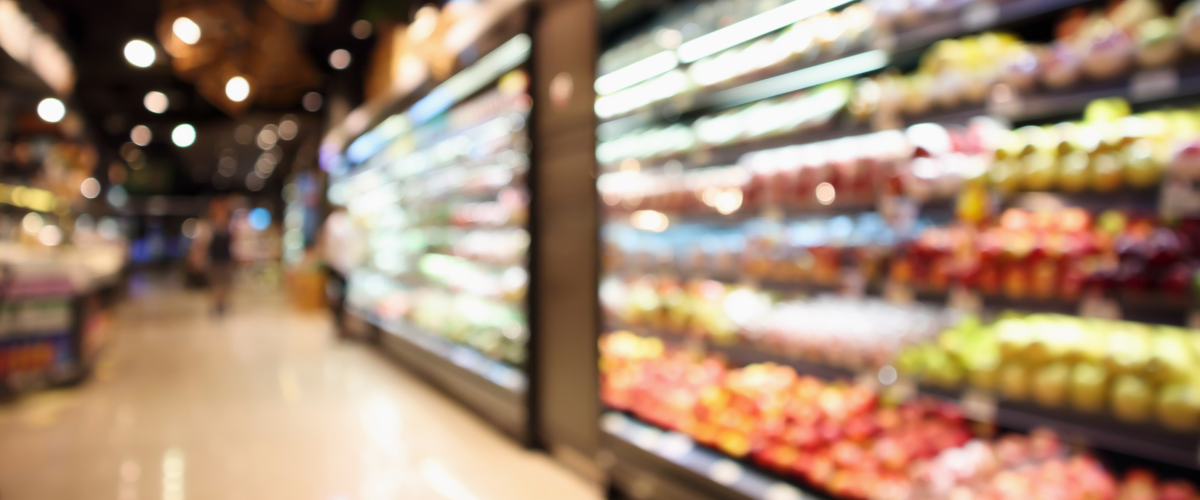AUSVEG Advocacy: Pricing & inputs
Fertiliser
Over the last two quarters, the biggest movement has been in ammonia, which saw international pricing drop from US$880 per tonne in January this year to US$230 per tonne in June, according to the International Food Policy Research Institute’s Food Security Portal.
Urea also fell from US$502 per tonne in January to US$294 in June, followed downwards by most other key fertiliser categories. The major driver of declining fertiliser costs has been the dropping price of natural gas, which is used as a feedstock for many fertilisers. See the figure below for international US$ per tonne prices between July 2022 and June 2023.
Overall, however, the price declines appear to have levelled off in recent months, and many market analysts are predicting no more precipitous falls in the short term.

Fuel and energy
Australian diesel prices also continued to decline over most of the past quarter, but stabilised in June. Despite threats by OPEC+ to cut production to push global oil prices back up, many analysts are forecasting that will be counteracted by sluggish industrial output and increasing interest rates that will keep demand, and therefore prices, low.
The graph below shows Australian wholesale diesel prices (National Diesel TGP) against the Singapore wholesale price (Gasoil). Australian wholesale pricing very closely follows Singapore’s, with fluctuations there hitting our market with a one-to-two-week lag.

Transport
Airfreight volumes have recovered somewhat in the past year, but are not back to pre-COVID levels yet. Flight numbers were at 89% of pre-COVID levels at the end of June, according to Austrade’s Export Supply Chain Service, but with a much larger proportion of smaller narrow-body vs wide-body planes than pre-COVID, limiting airfreight capacity.
Airfreight prices are still 2-4.5 times higher than pre-COVID, and aren’t expected to drop any time soon.
Likewise, seafreight reliability and delays have noticeably improved on Asia Pacific routes since last year, but prices will stay up due to high fuel costs, equipment limitations and port disruptions and strike activity at various international ports.
Retail market data
Sales volumes across several major vegetable categories have lifted in recent months on the back of better supply.
Average pricing has dipped at the same time, however, with a few key exceptions. Potato and onion prices have stayed high, growing above inflation to higher levels than the same period a year earlier. This is despite sales volumes also being higher than a year earlier, bucking the higher volume = lower price relationship seen in most other vegetable categories. As seen above, however, cost of production is still higher than usual, offsetting increased returns.
The average Australian vegetable retail price (including all supermarkets and grocers) for the four weeks to week 20 was $5.26 per kilogram, compared to $5.61 per kilogram for the same period a year earlier.
The charts below show NielsenIQ Homescan data, provided through Hort Innovation’s levy-funded Consumer purchase and retail data (MT21004) program. The data is presented in four-week periods.









